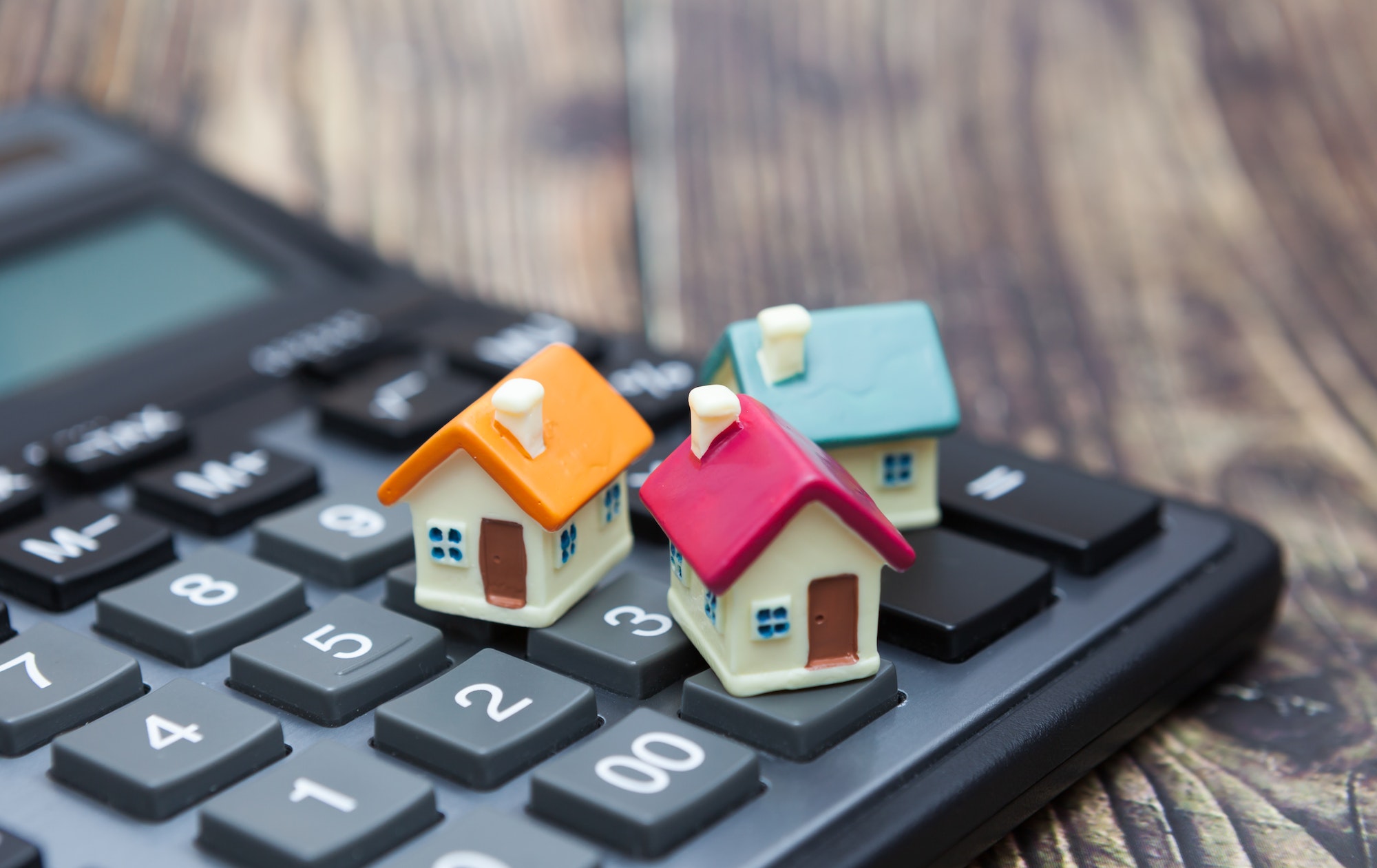Imagine this: You’re sitting at your desk, sipping your morning coffee, and daydreaming about the perfect home. The white picket fence, the lush green lawn, the cozy living room where you can curl up with a good book. But then reality hits – you’re earning $40,000 a year and the question pops up, “How much house can I afford in 2023?” With the housing market predicted to shift towards a buyer’s market in 2023, this question is more relevant than ever. But don’t worry, you’re not alone in this journey. Let’s dive into the world of real estate and see how you can navigate this market to find your dream home.
According to the Monthly Home Price Index, the housing market has seen a gradual decrease in prices. This trend is expected to continue into 2023, making it a potentially favorable time for those looking to buy. However, it’s important to remember that the real estate market could face challenges if the Federal Reserve doesn’t start cutting back on pumping money into the economy.
So, how much house can you afford in 2023 with a $40,000 annual income? The general rule of thumb is that you should spend no more than 30% of your gross income on housing. This means, with a $40,000 income, you should aim to spend about $1,000 per month on your mortgage, property taxes, and insurance.
While the housing market may be facing some uncertainty in 2023, this could be a golden opportunity for potential homeowners. With a $40,000 annual income, you can navigate this market with confidence and potentially find a home within your budget. Remember, it’s always a good idea to consult with a financial advisor or real estate professional before making any major decisions.
Case Study
Meet Alex, a young professional living in the heart of Austin, Texas. Alex earns $40,000 a year and has decided that 2023 is the year to step into homeownership. With the housing market predicted to shift towards a buyer’s market, Alex felt it was the perfect time to make this significant life decision.
Alex started by understanding the housing market trends. The Monthly Home Price Index indicated a gradual decrease in prices, which was expected to continue into 2023. This was encouraging news, as it meant that Alex could potentially find a home within budget. However, Alex also learned that the real estate market could face challenges if the Federal Reserve didn’t start cutting back on pumping money into the economy. This information helped Alex understand the potential risks and uncertainties in the market.
With an annual income of $40,000, Alex calculated that the ideal budget for housing costs should not exceed 30% of gross income. This meant that Alex could afford to spend about $1,000 per month on a mortgage, property taxes, and insurance. Considering the average length of a mortgage is 30 years, and assuming an interest rate of 4%, Alex could afford a house priced around $210,000.
After several months of searching and viewing different properties, Alex found a home that was within budget. It was a cozy, two-bedroom house in a neighborhood that was both safe and close to work. Alex was able to secure a mortgage with monthly payments that fell within the calculated budget.
Let’s break down the comprehensive calculation for buying a house priced at $210,000 with a $40,000 annual income.
- Down Payment: The standard recommendation is to put down 20% of the home’s price as a down payment to avoid paying private mortgage insurance (PMI). For a $210,000 house, this would be $42,000. However, many first-time homebuyers put down less than 20%. For example, an FHA loan allows for a down payment as low as 3.5%, which would be $7,350 for a $210,000 house.
- Mortgage: The amount you’ll need to borrow will be the home price minus your down payment. If you’re able to put down 20% ($42,000), you’ll need a mortgage for $168,000. If you can only put down 3.5% ($7,350), you’ll need a mortgage for $202,650.
- Monthly Mortgage Payment: This depends on the interest rate and the term of the loan. Assuming a 30-year term and a 4% interest rate, the monthly payment for a $168,000 loan would be about $801, and for a $202,650 loan, it would be about $968. This includes only the principal and interest.
- Property Taxes and Homeowner’s Insurance: These costs vary widely based on location and the home’s value. A rough estimate is to budget 1-3% of the home’s value per year for taxes and insurance. For a $210,000 home, this could be between $2,100 and $6,300 per year, or $175 to $525 per month.
- Affordability: The general rule of thumb is that you should spend no more than 30% of your gross income on housing. With a $40,000 income, this means you should aim to spend no more than $1,000 per month on housing. This includes your mortgage payment, property taxes, and insurance.
In conclusion, buying a $210,000 house with a $40,000 income is potentially feasible, especially if you can make a larger down payment or secure a lower interest rate. However, it’s important to consider all the costs of homeownership, including maintenance, repairs, and potential increases in property taxes and insurance. Always consult with a financial advisor or real estate professional before making such a significant decision.
Discover more from Futurist Architecture
Subscribe to get the latest posts sent to your email.



